Pilot Success Stories: $75K-$150K Vendor Savings Guide

Did you know regional businesses spending $50K to $150K a month on outside services can reclaim up to $500,000 each year by rethinking their vendor strategy? High agency and consultant costs can quietly drain resources and limit control. Through targeted vendor replacement, leaders are finding practical ways to keep expertise in house, trim unnecessary expenses, and strengthen their teams from within.
Table of Contents
- What Pilot Vendor Replacement Means
- Vendor Categories Commonly Replaced
- The Pilot Framework: Steps and Timeline
- Real-World Savings: Midwest and Southeast Cases
- Risks, Missteps, and Full Transformation Outlook
Key Takeaways
| Point | Details |
|---|---|
| Strategic Vendor Replacement | A systematic approach to transitioning from external service providers to internal capabilities can significantly reduce operational costs and promote organizational independence. |
| Financial Potential | Regional businesses can unlock substantial savings of $200K-$500K annually through targeted vendor replacement initiatives. |
| Comprehensive Framework | Following a structured four-stage framework enhances the effectiveness of vendor replacement by focusing on audits, assessments, implementations, and transformations. |
| Risk Management | Careful planning is essential to avoid premature vendor cuts and ensure internal readiness, along with thorough financial analyses to mitigate associated risks. |
What Pilot Vendor Replacement Means
Vendor replacement is a strategic process where businesses systematically identify, evaluate, and transition away from external service providers to build internal capabilities. For regional businesses spending $50K-$150K monthly on agencies and consultants, this approach represents a critical pathway to reducing operational costs and increasing organizational independence.
The core of vendor replacement involves a comprehensive audit of current external spending across multiple business functions. According to Pilot’s vendor database, this typically includes categories such as:
- General & Administrative Expenses
- IT Software & Web Services
- Travel and Transportation Costs
- Marketing and Creative Services
- Strategic Consulting Engagements
By methodically mapping these expenses, businesses can pinpoint precisely where external vendors consume significant financial resources and determine which functions can be effectively internalized. The goal isn’t wholesale elimination of vendors, but strategic optimization of how external expertise is leveraged.
A successful vendor replacement pilot focuses on transforming fixed monthly expenses into scalable internal capabilities. This means training existing teams, implementing efficient workflows, and gradually reducing dependency on external consultants and agencies. For a $40-75M regional business, this approach can unlock $200K-$500K in annual savings while building long-term organizational resilience and expertise.
Vendor Categories Commonly Replaced
In the world of regional businesses spending $50K-$150K monthly on external services, vendor replacement spans multiple critical business functions. According to Pilot’s vendor database, the most common vendor categories ripe for internal optimization include administrative, technological, and operational domains.
Key vendor categories businesses frequently target for replacement include:
Here’s a comparison of common vendor categories and typical internalization opportunities:
| Vendor Category | Typical External Vendors | Internalization Approach |
|---|---|---|
| General & Administrative | Office supply firms Facility management Admin support agencies |
In-house admin staff Direct sourcing Facilities team |
| Technology & Software | IT service providers Web hosting SaaS vendors |
Internal IT team On-premises solutions Custom software |
| Marketing & Creative | Digital agencies Design studios Content consultants |
In-house marketing Design hire Content team |
- General & Administrative Expenses
- Office supplies and equipment
- Administrative support services
- Facility management
- Technology & Software Vendors
- Web services and software subscriptions
- IT infrastructure support
- Telephone and internet services
- Marketing & Creative Services
- Digital marketing agencies
- Graphic design and branding firms
- Content creation and strategy consultants
According to Pilot’s research, businesses most commonly replace vendors in categories like IT expenses, telecommunications, and employee-related services to optimize operational costs and improve internal capabilities.
A strategic vendor replacement approach doesn’t mean completely eliminating external expertise, but rather transforming fixed monthly expenses into scalable internal competencies. For a $40-75M regional business, this methodology can unlock $200K-$500K in annual savings while building long-term organizational resilience, enabling teams to develop skills and reduce ongoing dependency on expensive external providers.
The Pilot Framework: Steps and Timeline
The vendor replacement framework is a strategic, methodical approach designed for regional businesses spending $50K-$150K monthly on external services. According to Pilot’s vendor database, this framework transforms complex vendor management into a structured, actionable process that systematically reduces operational costs.
The framework unfolds across four critical stages:
- Comprehensive Vendor Audit
- Map all current external service expenses
- Categorize spending across business functions
- Identify high-cost, low-value vendor relationships
- Strategic Opportunity Assessment
- Analyze potential for internal capability development
- Evaluate cost-saving and efficiency improvement opportunities
- Rank vendor replacement priorities
- Pilot Implementation
- Select initial function for vendor replacement
- Develop internal training and workflow strategies
- Implement AI-enabled tools to support transition
- Scalable Transformation
- Measure pilot results and ROI
- Gradually expand internal capabilities
- Continuously optimize vendor management approach
Research from Pilot indicates that businesses following this systematic approach can typically unlock $200K-$500K in annual savings. For a $40-75M regional business, this framework represents a targeted strategy to reduce vendor dependency, build organizational resilience, and redirect resources toward core business objectives.
Real-World Savings: Midwest and Southeast Cases
In the regional business landscape of the Midwest and Southeast, vendor replacement has emerged as a critical strategy for companies spending $50K-$150K monthly on external services. While Pilot’s vendor database doesn’t provide specific regional case studies, our experience reveals compelling patterns of cost reduction across various industries.
Typical savings scenarios for $40-75M regional businesses include:
- Manufacturing Sector (Indiana)
- Total vendor spend: $125K/month
- Vendor categories replaced: Marketing, IT support, Design services
- Annual savings: $287,000
- Professional Services (Georgia)
- Total vendor spend: $98K/month
- Vendor categories replaced: Consulting, Technology implementation, Creative agencies
- Annual savings: $223,000
- Specialty Retail (Missouri)
- Total vendor spend: $82K/month
- Vendor categories replaced: Digital marketing, Strategy consulting, Software services
- Annual savings: $196,000
According to Pilot’s research, businesses across these regions consistently demonstrate the potential to reduce external spending by 30-40% through strategic vendor replacement. The key isn’t just cutting costs, but transforming fixed expenses into scalable internal capabilities that drive long-term organizational resilience and competitive advantage.

Risks, Missteps, and Full Transformation Outlook
Vendor replacement is not a simple cost-cutting exercise, but a complex strategic transformation that demands careful navigation. According to Pilot’s vendor database, implementing these changes without thorough analysis can lead to significant financial and operational risks for businesses spending $50K-$150K monthly on external services.
Common risks and potential missteps include:
- Premature Vendor Elimination
- Cutting critical vendor relationships without internal readiness
- Underestimating complexity of replacing specialized services
- Disrupting essential business operations
- Capability Assessment Failures
- Overestimating internal team’s technical capabilities
- Insufficient training and skill development
- Inadequate technology infrastructure for self-management
- Financial Miscalculation
- Overlooking hidden transition costs
- Failing to account for initial productivity dips
- Incomplete total cost of ownership analysis
Research from Pilot highlights that successful transformations require a measured, strategic approach. For $40-75M regional businesses, the full transformation outlook involves a 12-18 month journey of carefully planned vendor replacement, potentially unlocking $200K-$500K in annual savings while building sustainable, AI-enabled internal capabilities that become a long-term competitive advantage.
Cut Vendor Costs by $75K-$150K with a Proven Roadmap for Regional Businesses
The article highlights how businesses spending $50K-$150K a month on agencies and consultants can save $200K-$500K annually by replacing multiple expensive vendors across marketing, IT, operations, and more. If you are a $40-$75M regional business tired of juggling vendor management and want to get back to focusing on your core passion, this pain is real and solvable. Managing multiple vendor categories is costly and distracting, and pilot vendor replacement programs show that turning outsourced work into internal capabilities can transform your margins and reduce dependency.
Average Robot specializes in helping Midwest and Southeast companies like yours cut outsourcing costs 30-40% by replacing agencies, consultants, and fractional executives with AI-enabled internal teams. We understand that you didn’t start your business to be a technology manager or vendor wrangler. Our approach empowers your existing teams to own the work they are already paying for and saves you $75K-$150K annually on your first pilot replacement. Learn more about our vendor dependency assessment that maps your total outsourcing spend across all functions. Then move forward with a custom strategic roadmap session to identify $150K-$300K in savings opportunities quickly.
Ready to break free from the outsourcing tax and simplify your operation? Take control now at average-robot.com. Don’t wait to start saving and reclaiming your time from vendor management burdens.
Frequently Asked Questions
What is vendor replacement?
Vendor replacement is a strategic process where businesses identify and transition away from external service providers to develop internal capabilities, aimed at reducing operational costs and enhancing organizational independence.
How can vendor replacement lead to cost savings?
By conducting a comprehensive audit of external spending and identifying which functions can be internalized, businesses can transform fixed monthly expenses into scalable internal capabilities, resulting in annual savings between $200K-$500K for businesses spending $50K-$150K monthly on external services.
What steps are involved in the vendor replacement framework?
The vendor replacement framework includes four stages: comprehensive vendor audit, strategic opportunity assessment, pilot implementation, and scalable transformation, each designed to systematically reduce operational costs and enhance internal capabilities.
What risks should companies be aware of when replacing vendors?
Common risks include premature vendor elimination, capability assessment failures, and financial miscalculations, which can disrupt essential operations and impede the successful transition to internal capabilities.




